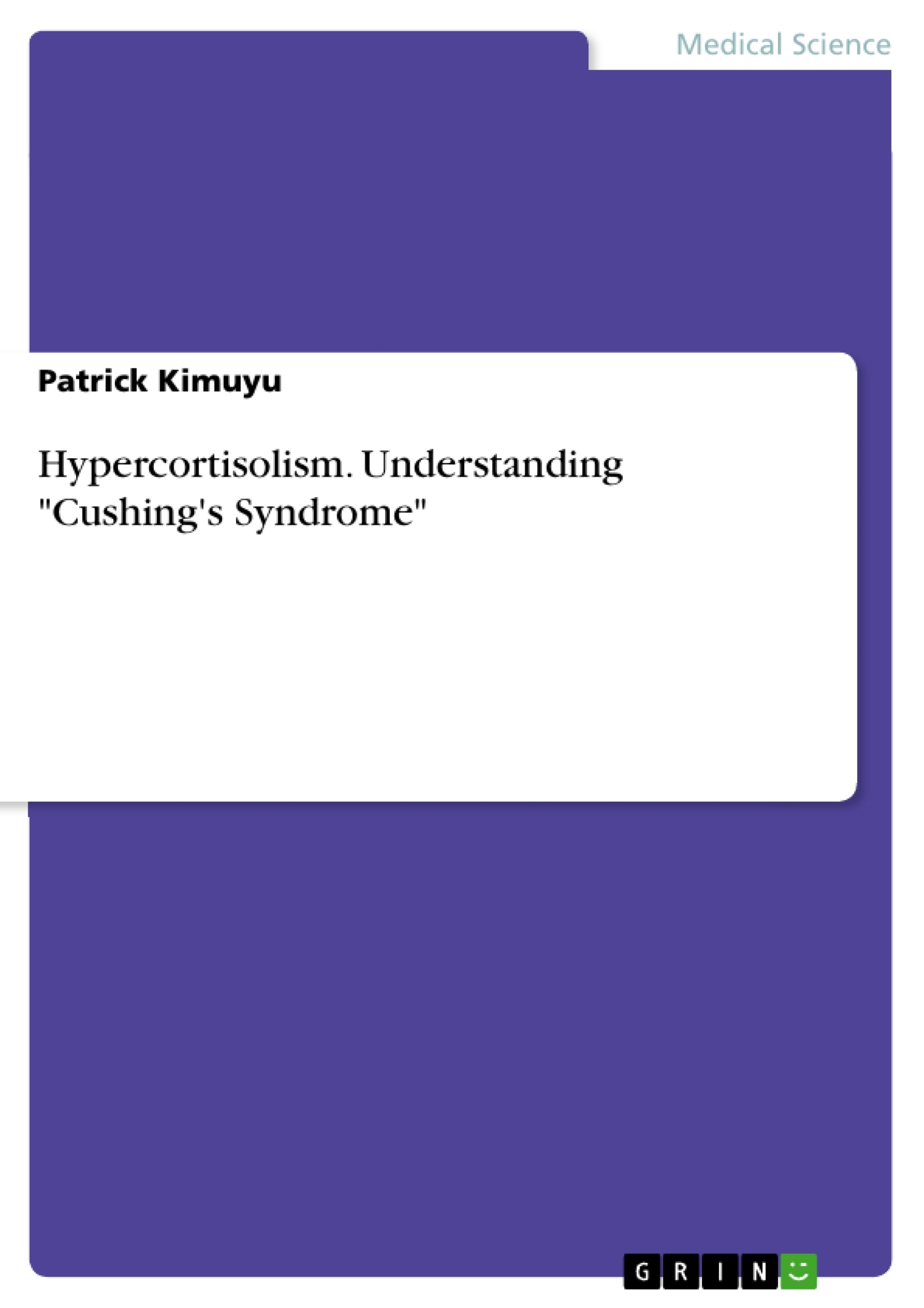Hormones play integral biological roles in the body, primarily the regulation of body functions. Scientific research indicates that hormones regulate a range of body functions such as reproduction, metabolism, electrolyte balance, as well as, growth and development. As such, the endocrine system is considered supreme in the regulation of biological processes of the body. Biologically, the endocrine system maintains effective communication among various body organs.
This communication ensures homeostasis processes are maintained at constant levels, as well as, enabling the body to respond to changes in the external environment. From anatomical perspective, the endocrine system comprises of glands that are located at different regions of the body, which release hormones. The main components of the endocrine system are the hypothalamus, pituitary gland, thyroid gland, parathyroid gland, adrenal glands, pancreas, and the gonads. These glands release hormones through various regulatory hormonal cascades including the hypothalamic-pituitary-gonadal (HPG) axis, the hypothalamic-pituitary-adrenal (HPA) axis and the hypothalamic-pituitary-thyroidal (HPT) axis. As such, any disturbances in the regulatory hormonal cascades results into devastating medical conditions. For instance, disturbances in the HPA axis, primarily excessive release of adrenocorticotropic hormone (ACTH) results into Cushing’s syndrome.
Cushing’s syndrome, also known as hypercortisolism is a disorder of the endocrine system that is characterized by excess release of cortisol. Cortisol plays various regulatory functions in all organs and tissues in the body; thus, Cushing’s syndrome affects the entire body. Epidemiological data shows that Cushing’s syndrome affects 10-15 per million people, annually. Therefore, this research paper will provide a comprehensive overview of Cushing’s syndrome. It will discuss the underlying pathology, symptoms, pathophysiology, diagnosis, and treatment of the disorder.
Table of Contents
- Introduction
- Pathology of Cushing's Syndrome
- Iatrogenic Cushing's Syndrome
- Pituitary Adenomas
- Ectopic Cushing's Syndrome
- Adrenal Tumors
- Familial Cushing's Syndrome
- Symptoms of Cushing's Syndrome
- Genetic Basis for Cushing's Syndrome
- Diagnosis of Cushing's Syndrome
- Treatment of Cushing's Syndrome
Objectives and Key Themes
This research paper provides a comprehensive overview of Cushing's syndrome, a disorder of the endocrine system characterized by excess cortisol release. The paper explores the underlying pathology, symptoms, pathophysiology, diagnosis, and treatment of the disorder.
- The pathology and causes of Cushing's syndrome
- The clinical symptoms and manifestations of the disorder
- The genetic basis of Cushing's syndrome and its implications for cortisol production
- The diagnostic procedures and techniques used to identify Cushing's syndrome
- The therapeutic approaches and treatments available for managing the disorder
Chapter Summaries
The paper begins by discussing the role of hormones in regulating various body functions and introducing Cushing's syndrome as a disorder caused by excessive cortisol release. The pathology section delves into the different causes of Cushing's syndrome, including iatrogenic, pituitary adenomas, ectopic Cushing's syndrome, adrenal tumors, and familial Cushing's syndrome.
The symptoms of Cushing's syndrome are then explored, highlighting the common symptoms like moon face, weight gain, skin changes, and muscle and bone changes. The paper also touches upon the gender-specific symptoms observed in men and women, as well as the effects on children.
A section dedicated to the genetic basis of Cushing's syndrome examines the role of genetic mutations in facilitating excessive cortisol production. Finally, the diagnosis and treatment of Cushing's syndrome are discussed, covering laboratory tests, surgical procedures, and pharmacological interventions.
Keywords
Cushing's syndrome, cortisol, endocrine system, HPA axis, pituitary adenomas, adrenal tumors, ectopic Cushing's syndrome, familial Cushing's syndrome, symptoms, diagnosis, treatment, genetic basis, PRKACA gene.
- Quote paper
- Patrick Kimuyu (Author), 2018, Hypercortisolism. Understanding "Cushing's Syndrome", Munich, GRIN Verlag, https://www.hausarbeiten.de/document/411948


